LOS ALAMITOS, Calif — For most Americans, the beginning of March marks the start of Daylight Savings Time and the loss of an hour during the night. November marks the end of daylight savings time and the joy of receiving an extra hour of sleep. But really, what is Daylight Savings Time and what is the controversy surrounding it?
Daylight Savings Time (DST) is the practice of setting clocks forward by one hour during spring and setting clocks backward by one hour during the fall to return back to the standard time. The main purpose of this is to make the best use of daylight during different seasons of the year. In most years, this process begins in March and ends in November in order to shift the daylight from the morning to the evening when necessary.
Daylight Savings Time was originally suggested by Benjamin Franklin in 1784 who created the idea with the intent to save fuel and energy. The practice was first adopted in Germany during World War I. Soon, other countries such as the United States followed, to help conserve fuel and other energy sources during the war. However, some American states chose to avoid this practice (such as Hawaii and Arizona, which still do not participate in the time switch). In 1966, the United States formally created a consistent system of this, which we know as Daylight Savings Time. Daylight Savings Time has stoked controversy from its beginning and will likely continue to do so.
Proponents of Daylight Savings Time argue and believe that this extension of the daylight hours allows for more hobbies in the evenings, creates less likelihood for motor vehicle accidents, and leads to overall happier people, who are experiencing more sunlight in their day-to-day lives.
On the other hand, critics of Daylight Savings Time believe that the sudden change in light throws off people’s internal systems, that had been used to experiencing the days in a certain way. Many argue that this can lead to negative health effects that may consist of sleep disorders, mood changes, and a surprising increase in heart attacks and strokes directly following the clock change. These people who prefer to keep and maintain Standard Time believe that having light in the morning is more important than in the evening because it allows the body to wake up more naturally.
“I unfortunately do not like Daylight Savings Time. It throws off my mental and physical clock for nearly two weeks”, Mrs. Yoshihara-Ha, an English teacher at Los Alamitos High School said.
The ongoing debate over Daylight Savings Time continues to spark intriguing conversation and research. Now that many states and countries are questioning the effect of Daylight Savings Time, the future of this tradition is uncertain. As this conversation continues, it is clear that any change to Daylight Savings Time will affect society’s relationship with time.




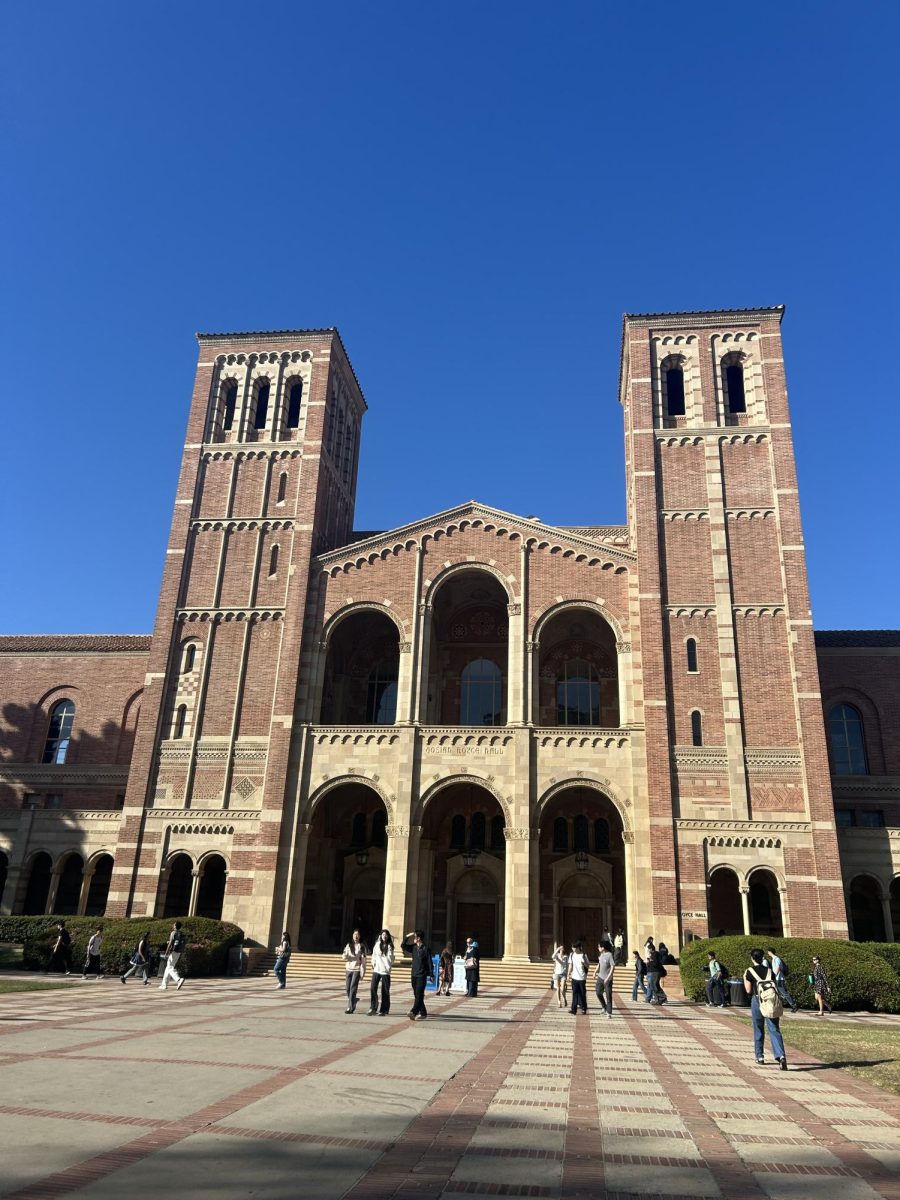
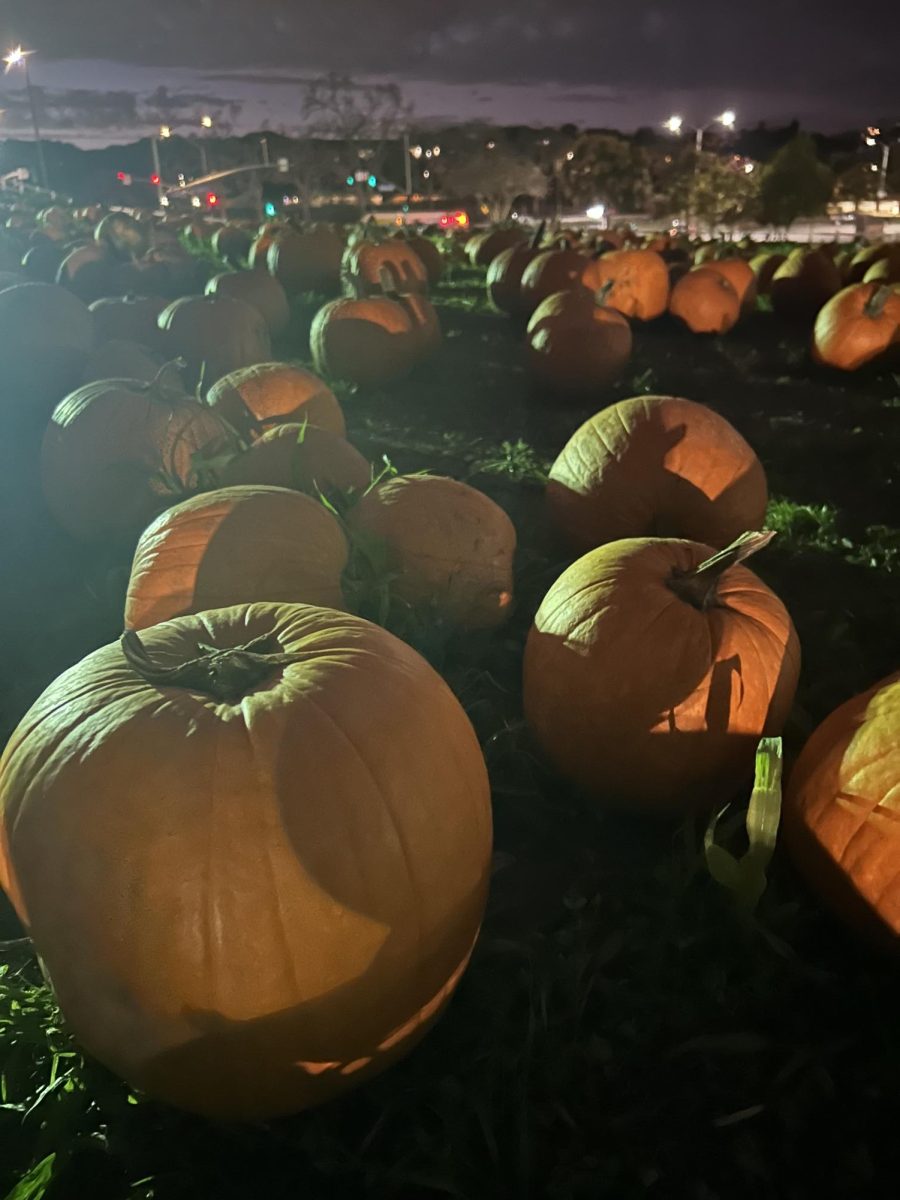
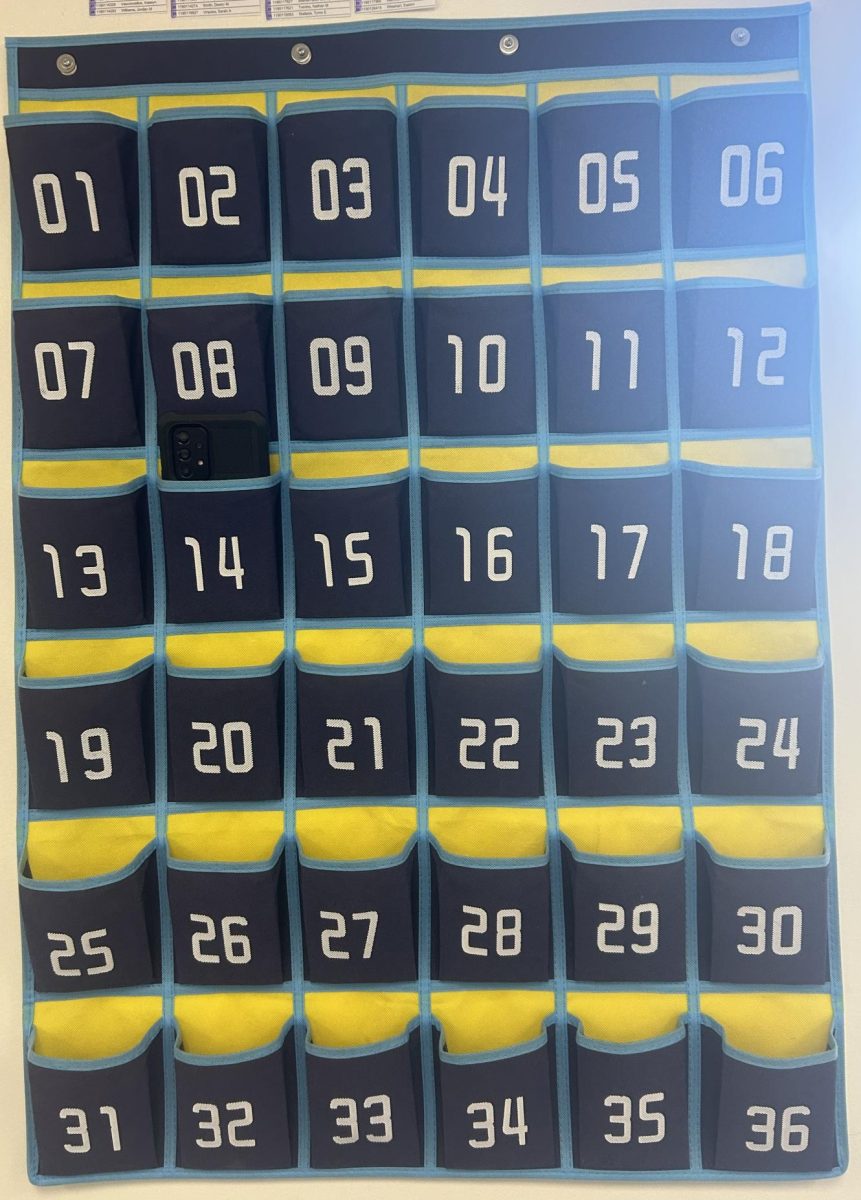


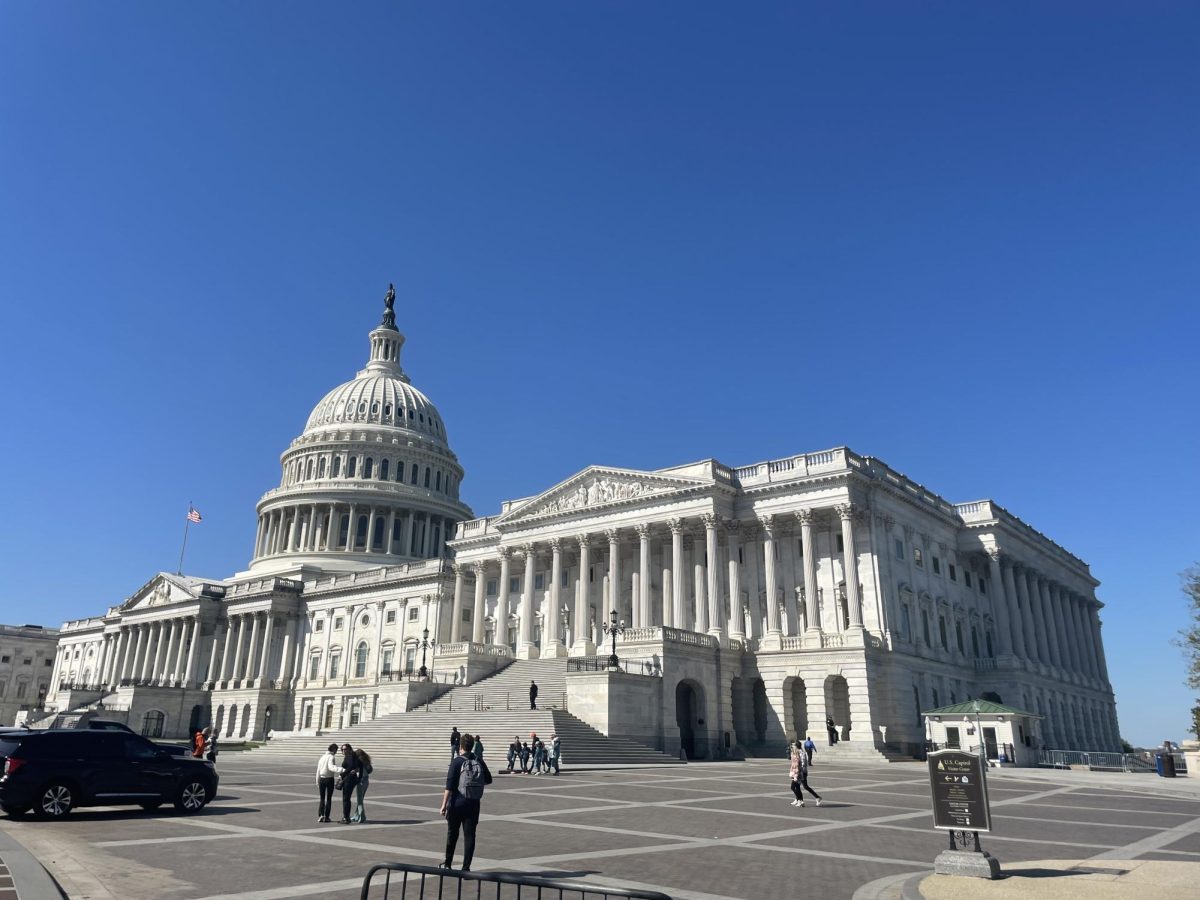

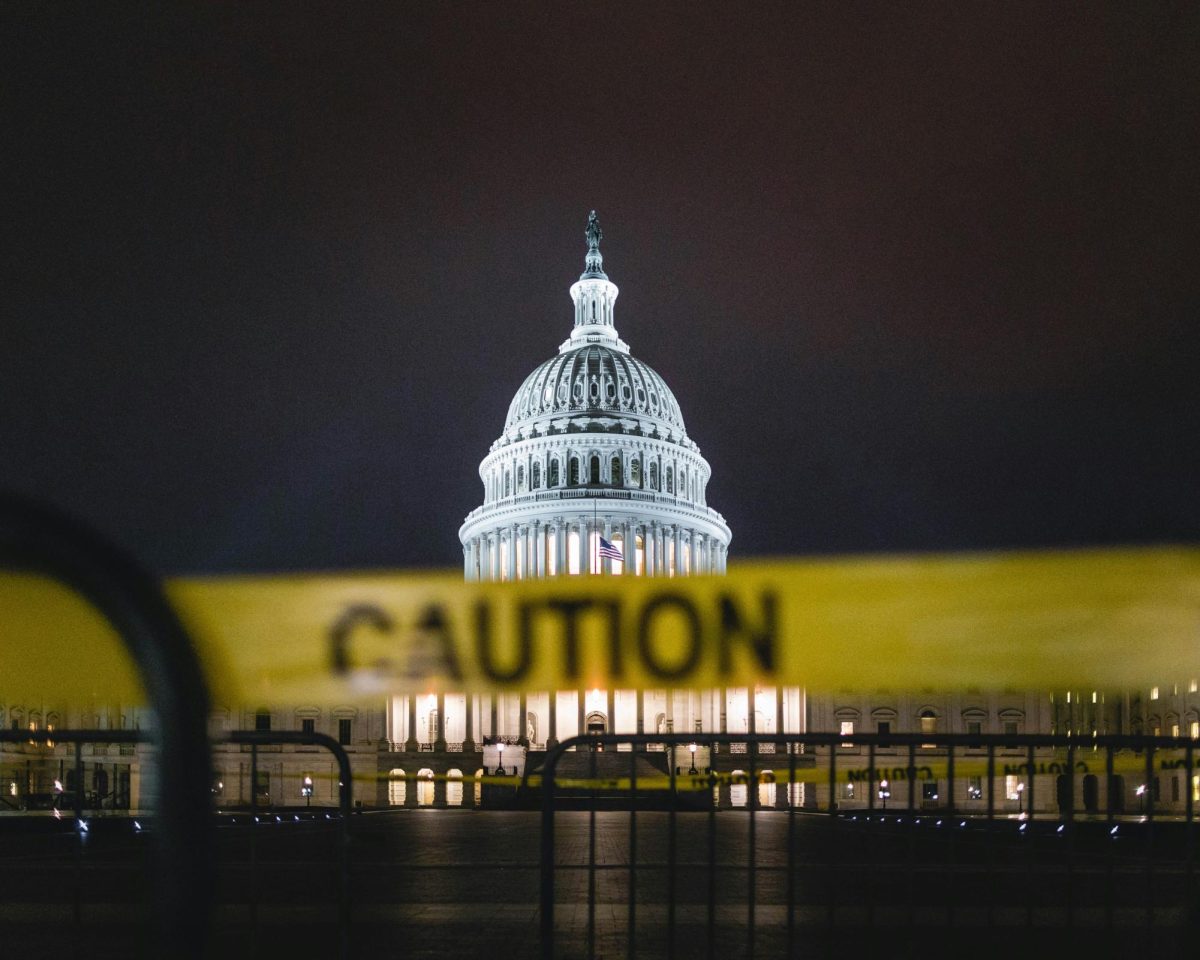


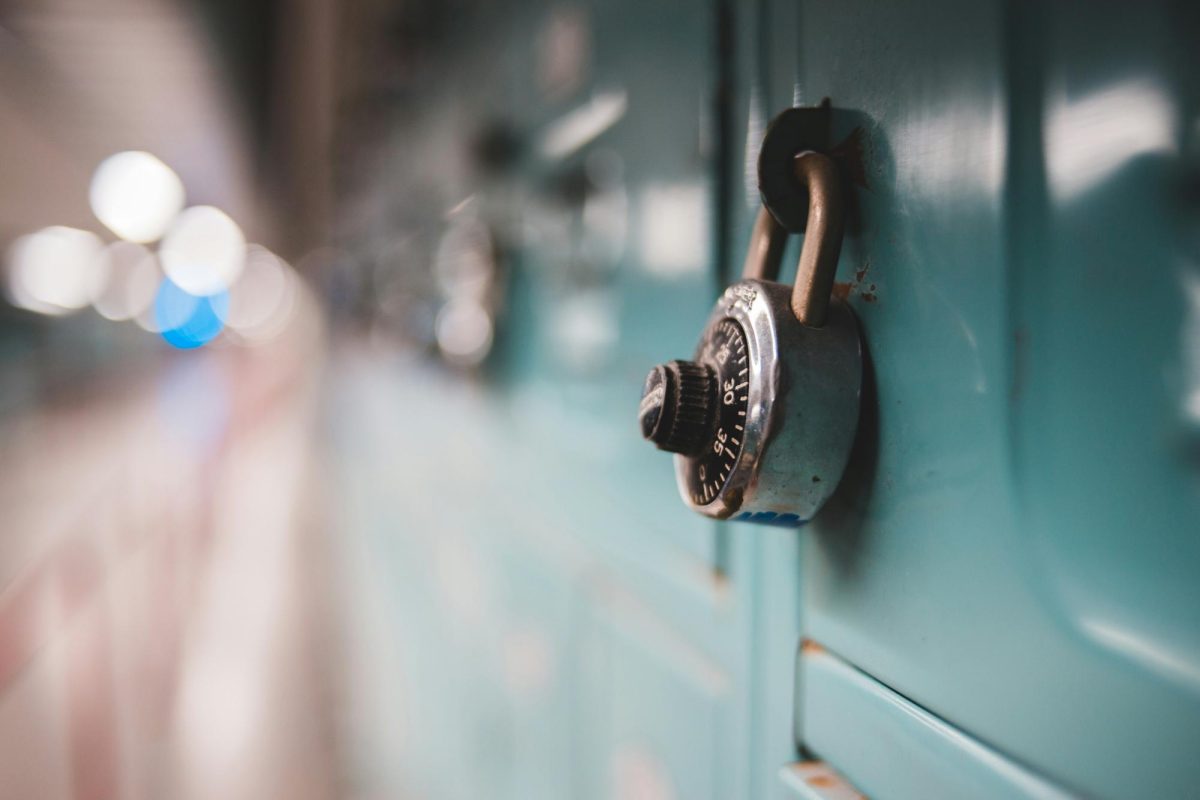

Katie Arnoult • Nov 6, 2024 at 9:15 am
This is a great article! I love how you put so much research into this, and you conveyed the two different opinions on Daylight Savings Time really well!